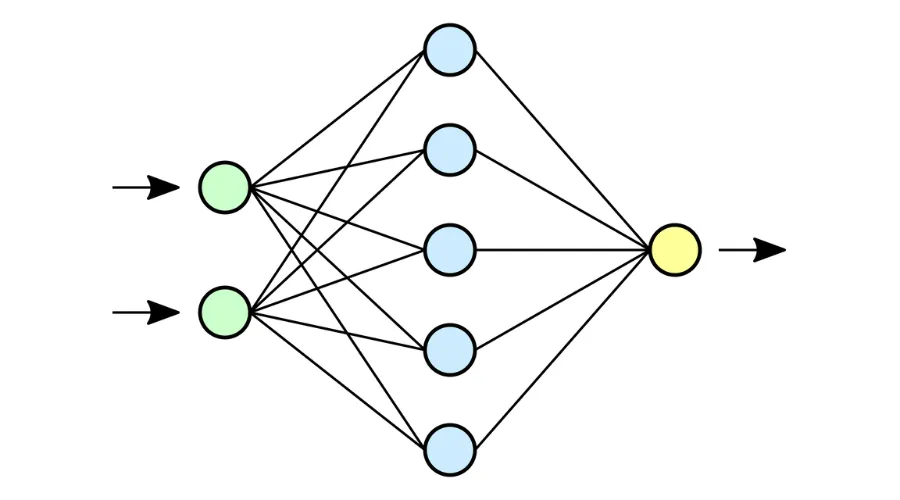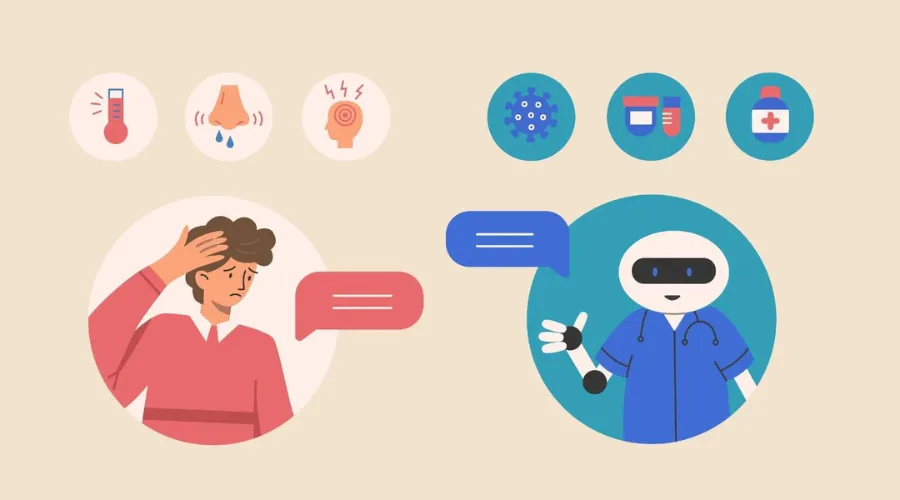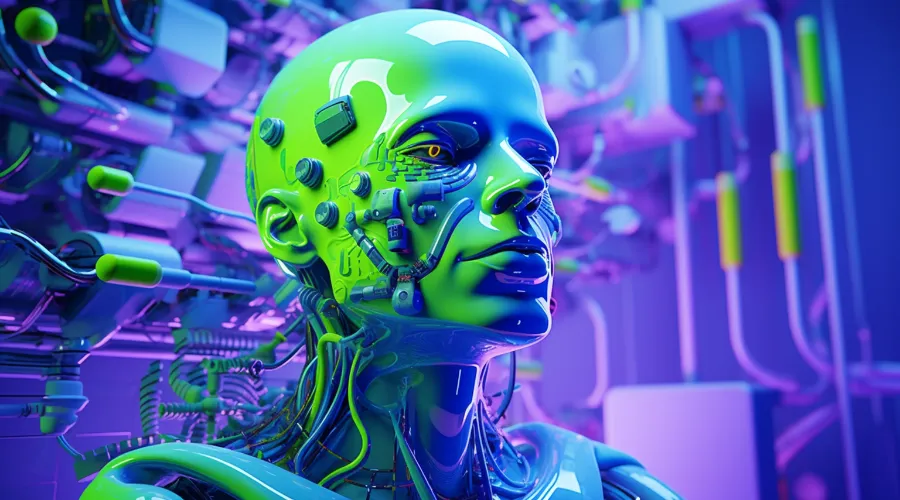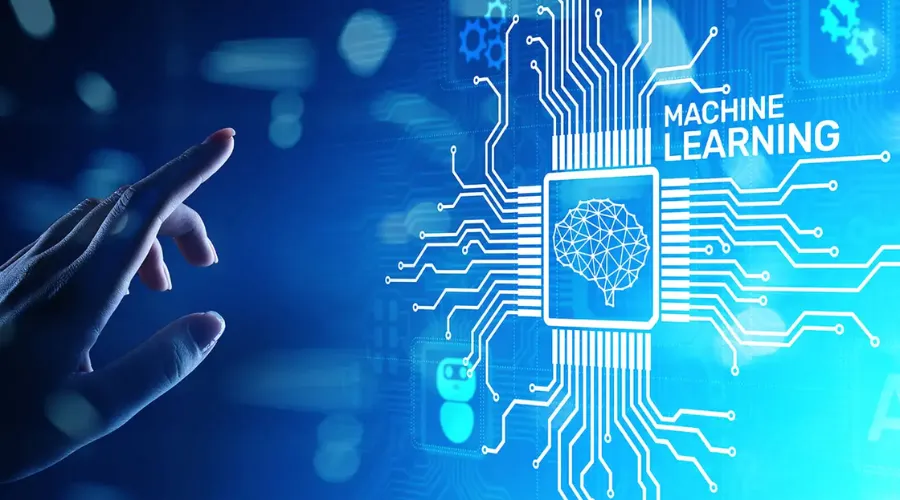
In the ever-evolving landscape of artificial intelligence, Neural Networks have emerged as a cornerstone technology, revolutionizing the way machines learn and make decisions. These complex systems, inspired by the human brain, have proven to be a game-changer across various industries, from healthcare to finance. In this comprehensive exploration, we’ll delve into the fundamentals of Neural Networks, understand their architecture, and explore their real-world applications.
Understanding Neural Networks
At its core, a Neural Network is a computational model that mimics the structure and functioning of the human brain. Just as our brains consist of interconnected neurons, Neural Networks comprise layers of artificial neurons, or nodes. These nodes are organized into layers, with each layer serving a specific purpose.
Basic Components of Neural Networks
- Input Layer: This is the starting point of the Neural Network, where it receives external information. Each node in the input layer represents a feature of the input data.
- Hidden Layers: Between the input and output layers, Neural Networks can have one or more hidden layers. These layers process the input data through weighted connections and activation functions, extracting patterns and features.
- Output Layer: The final layer produces the output of the Neural Network. The number of nodes in this layer depends on the nature of the problem, such as binary classification or regression.
The connections between nodes are assigned weights, which the Neural Network adjusts during training to optimize performance. Additionally, activation functions introduce non-linearity, enabling the network to learn complex relationships in the data.
Neural Network Architectures
Neural Networks come in various architectures, each designed for specific tasks and challenges. Let’s explore three prominent types:
1. Feedforward Neural Networks (FNNs)
FNNs are the simplest form of Neural Networks, where information travels in one direction—from the input layer through the hidden layers to the output layer. These networks are effective for tasks like image recognition and classification.
2. Recurrent Neural Networks (RNNs)
While FNNs are suitable for many tasks, they lack the ability to handle sequential data effectively. RNNs address this limitation by introducing loops within the network, allowing information to persist. This architecture is ideal for tasks like natural language processing and time-series prediction.
3. Convolutional Neural Networks (CNNs)
CNNs are tailored for tasks involving grid-like data, such as images. They use convolutional layers to automatically and adaptively learn spatial hierarchies of features from the input. This makes CNNs highly efficient for image recognition, object detection, and image segmentation.
Training Neural Networks
Training a Neural Network involves presenting it with a dataset, allowing it to make predictions, and adjusting the weights to minimize the difference between predicted and actual outcomes. This process, known as backpropagation, utilizes optimization algorithms like gradient descent to fine-tune the model.
Challenges in Training
- Overfitting: Neural Networks may memorize the training data instead of learning patterns, leading to poor performance on new data. Techniques like dropout and regularization help mitigate overfitting.
- Vanishing and Exploding Gradients: In deep networks, gradients may become extremely small (vanish) or large (explode) during backpropagation. Proper weight initialization and activation functions address these issues.
- Computational Intensity: Training deep Neural Networks requires substantial computational power. GPUs and TPUs are commonly used to accelerate the training process.
Real-World Applications of Neural Networks
Neural Networks have found applications across diverse fields, transforming industries and enhancing capabilities. Let’s explore four compelling use cases:
1. Healthcare: Predictive Diagnostics
Neural Networks are employed in medical diagnostics to analyze complex datasets, such as medical images and patient records. They can predict diseases, detect anomalies, and assist in personalized treatment plans. For example, in cancer diagnosis, Neural Networks have demonstrated remarkable accuracy in identifying subtle patterns indicative of various types of cancer.
2. Finance: Fraud Detection and Trading
In the financial sector, Neural Networks play a pivotal role in fraud detection. By analyzing transaction patterns and user behavior, these networks can identify unusual activities in real-time, preventing fraudulent transactions. Moreover, in algorithmic trading, Neural Networks analyze market trends and make split-second decisions to optimize trading strategies.
3. Natural Language Processing (NLP): Language Translation and Sentiment Analysis
NLP applications leverage Neural Networks to understand and generate human-like language. Translation services like Google Translate utilize these networks to provide accurate and context-aware translations. Sentiment analysis, another NLP application, gauges the emotional tone in textual content, aiding businesses in understanding customer feedback and opinions.
4. Autonomous Vehicles: Image Recognition and Navigation
In the realm of autonomous vehicles, Neural Networks are integral for tasks such as image recognition and object detection. These networks process data from sensors and cameras, enabling vehicles to identify pedestrians, obstacles, and traffic signs. Additionally, Neural Networks contribute to route planning and navigation, enhancing the safety and efficiency of autonomous vehicles.
Challenges and Future Developments
While Neural Networks have achieved remarkable success, they are not without challenges. Interpreting the decisions made by Neural Networks, known as the “black box” problem, remains a significant concern. Researchers are actively working on developing explainable AI techniques to enhance the transparency of these systems.
The Black Box Problem
The opacity of Neural Networks makes it challenging to understand the reasoning behind their decisions. This lack of interpretability is a hindrance in critical applications where trust and accountability are paramount. Researchers are exploring techniques to make Neural Networks more interpretable, such as creating attention maps to highlight important features influencing decisions.
Ethical Considerations
As Neural Networks become increasingly integrated into society, ethical considerations surrounding bias and fairness come to the forefront. If training data is biased, Neural Networks can perpetuate and even exacerbate existing inequalities. Addressing these ethical concerns involves implementing fairness-aware algorithms and diverse, representative training datasets.
Advancements in Transfer Learning
Transfer learning, a technique where a pre-trained model is fine-tuned for a specific task, has gained prominence. This approach reduces the need for massive amounts of labeled data and accelerates the training process. As transfer learning evolves, it holds the potential to make Neural Networks more accessible for a broader range of applications, including those in resource-constrained environments.
Conclusion
Neural Networks stand as a testament to the incredible strides made in artificial intelligence. From image recognition to natural language understanding, these networks have reshaped the possibilities of what machines can achieve. As we navigate the challenges and ethical considerations associated with Neural Networks, the relentless pursuit of innovation continues to unlock new frontiers in AI. The future holds promises of more interpretable, ethical, and efficient Neural Networks that will undoubtedly shape the next era of technological advancements.









